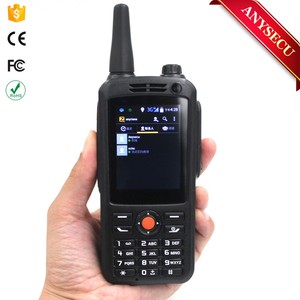Understanding WCDMA WCDMA
WCDMA (Wideband Code Division Multiple Access) represents a critical advancement in mobile communications technology. As a third-generation (3G) wireless standard, it enhances the way mobile devices connect, enabling faster data transfers, improved voice quality, and efficient network utilization. The term "WCDMA WCDMA" often refers to the dual-layering of WCDMA technology, which can enhance operational capabilities within mobile networks.
Types of WCDMA WCDMA Technologies
WCDMA technology can be categorized into various types, each serving specific functions to improve mobile connectivity.
- Frequency Division Duplex (FDD): This type utilizes separate frequencies for sending and receiving, allowing simultaneous two-way communication. It’s efficient for high-capacity environments.
- TDD (Time Division Duplex): TDD assigns timeslots for sending and receiving data on the same frequency. This is ideal for asymmetric data traffic, ensuring optimal spectrum use.
- HSPA (High-Speed Packet Access): An enhancement of WCDMA, HSPA increases data speed and network capacity, enabling users to experience faster internet access and streaming services.
Applications of WCDMA WCDMA
The versatility of WCDMA WCDMA makes it suitable for a wide range of applications across various industries.
- Mobile Telephony: WCDMA technology delivers crystal-clear voice calls and reliable messaging services, essential for modern mobile communications.
- Mobile Broadband: With its high data rates, WCDMA allows users to browse the internet, stream videos, and download files at impressive speeds.
- IoT (Internet of Things): WCDMA can support IoT devices, enabling interconnected systems to communicate efficiently within smart cities and industrial applications.
- Emergency Communication Services: The reliable connectivity provided by WCDMA is crucial for emergency response systems and public safety applications.
Advantages of WCDMA WCDMA Technology
The integration of WCDMA WCDMA in mobile networks presents numerous advantages that elevate user experience and network efficiency.
- Improved Capacity: WCDMA can support a larger number of simultaneous users compared to earlier technologies, helping to minimize congestion in high-density areas.
- Enhanced Data Rates: The technology allows high-speed data transfers, offering consumers and businesses access to fast internet and seamless application performance.
- Seamless Roaming: WCDMA ensures smooth transitions between different networks, allowing users to stay connected globally without interruptions.
- Advanced Features: WCDMA incorporates sophisticated functionalities like video conferencing and mobile TV, enriching user engagement and entertainment options.









































































































































































































